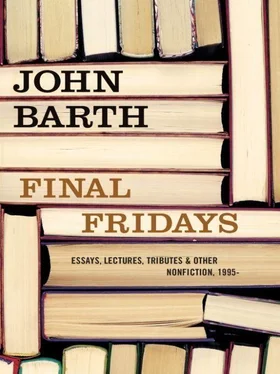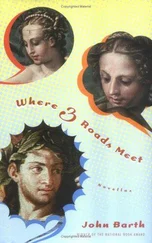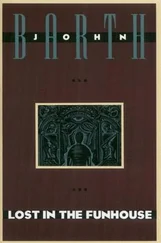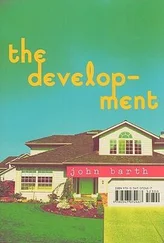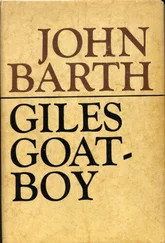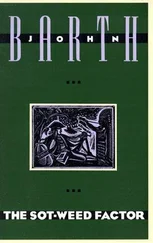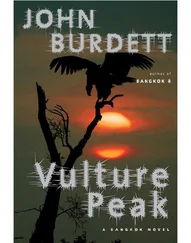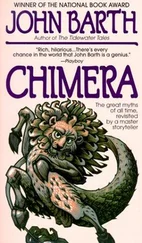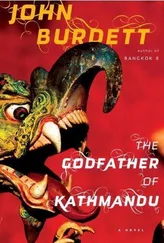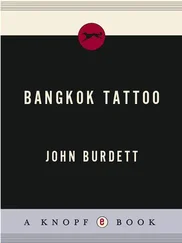MORE PRECISELY, IT is the difference between virtual reality, which deals in real virtualities , and the purely virtual virtuality of literary texts, especially printed texts. The sights and sounds and feels of EVR, from pilot-training flight simulators to the wraparound fantasy-worlds of high-tech amusement parks, are literal physical sensations generated by artificial stimuli. The printed page, on the other hand — except for illustrated texts and things like scratch-and-sniff kiddie books — is strictly anesthetic, however incidentally appealing to the eye and hand may be its typeface, paper stock, and binding. Even in the greatest, most spirit-stirring novels there are no literal sights/ sounds/feels/tastes/smells, only their names, artfully invoked in silent language. The virtual worlds of literature are unencumbered by literality. It is both their great limitation and their indispensable virtue that their virtuality is virtual; that they exist not in our nerve-endings but in the pure hyperspace of our imaginations.
I will make my way back shortly to that distinction between the hyperspace of hypertext (not to mention the cyberspace of virtual reality) and the “meditative space” afforded by the silent, privileged transactions of the human mind and spirit with the fixed, anesthetic medium of the printed page. Before I do, though, I want to back off again, this time by 30 years or so, to explain why the electronic-fiction and virtual-reality phenomena give me a strong but rather comforting sense of déjà vu. In the late 1960s I was living in Buffalo, New York, at the very edge of our troubled republic, and teaching at the state university there while the USA appeared to be more or less auto-destructing. I vividly recall flying cross-country on a lecture tour in 1968, just after Dr. Martin Luther King’s assassination, and seeing the smoke of protest rise from one burning American inner city after another, sea to smoke-obscured sea, as in a World War II newsreel; frequently the campuses that I visited, like the one that I came home to, were occupied either by Vietnam-war-protesting students and faculty members or by tear-gas-firing riot police and National Guardsmen. I quite remember one of my graduate students, late in the war — when the exasperated riot police moved in on us for the how-manyeth time with their gas grenades — sniffing the campus air calmly and observing, like a wine-connoisseur, “Pepper-gas, Berkeley, ’66 or ’67.” All about the city, between campus strikes and trashings, pop art was popping, happenings were happening, street theater and new electronic music were ubiquitous, young American men were fleeing across the Peace Bridge to seek refuge in Canada from the draft — and back across the polluted Niagara River from Toronto came the siren-song of Professor Marshall MacLuhan, author of The Gutenberg Galaxy , that the medium is the message, and that we “print-oriented bastards” had better get the message that the electronic global village had rendered our hopelessly linear medium obsolete.
It was in this apocalyptic, Death-of-the-Novel, death-of-the-print-medium ambience that in 1968 I published a book called Lost in the Funhouse: Fiction for Print, Tape, Live Voice . Its title says it all, or enough anyhow for my purpose in these pages. My own attitude was that, whether or not the world ends, if enough thoughtful, intelligent people suspect that it’s ending, then that shared apprehension becomes a significant cultural-historical datum, which an artist in any medium, even poor old print, might well take note of and even turn to good account. The threat to p-fiction back then was not hypertext and EVR; we didn’t yet even have desktop personal computers. It was movies and television: the movies increasingly since the end of WWI, television increasingly since the end of WWII. The “Death of the Novel” was one of the classical riffs of Modernism, that regnant aesthetic of the first half of the 20th century. The se-mioticist Robert Scholes quotes a mid-1960s colleague’s description of the novel as “a moderately interesting historical phenomenon, of no present importance,” and I remember my Buffalo colleague Leslie Fiedler’s 5predicting at about the same time that if there’s any future for narrative at all, it’s up there on the big screen, not down here on the page (this was before VCRs and DVDs, when people still went out to the movies). Indeed, one of Fiedler’s later books is titled What Was Literature? — the same Modernist riff, rescored for full orchestra.
But I also remember a little book from that period by Ron Sukenick, founding editor of the American Book Review , teasingly titled The Death of the Novel and Other Stories ; and I myself used to like to say that inasmuch as I hadn’t been born in time to write the first novel, maybe it would be fun to write the last one. In short, one didn’t have to be a weatherman back then to see which way the wind was blowing.
The point I want to make is that a number of the talented graduate-student apprentice writers in my workshop back in those years seriously wondered whether to abandon the sinking ship of print while they could and get themselves a movie camera instead. It seemed to them quixotic, at best, to be apprentices in a very possibly moribund medium, and although I reminded them that Quixote is just about where we came in, that 1968 workshop turned itself into a seminar on Alternatives to the Line and the Page. The room was alive with pop-up fictions, three-dimensional fictions done on Buckminster Fuller polyhedrons, serial fictions on scraps of paper like fortune-cookie fortunes, shaken up in a cereal box (appropriately), poured out into a cereal bowl, and read serially as the members of the group passed the bowl. 6At one defining moment that year, we received a solicitation from a professional avant-garde anthologist (Richard Kostelanetz) who was assembling a collection to be called Untried Forms in Fiction , and who was offering to pay his contributors by the page. My young pioneers were appalled: “By the page ? Where has this guy been ?”
BUT — AND HERE IS the moral of this tale — a number of us, myself included, learned from all this experimentation two lessons that I regard as equally important. The first was that the medium of print is, indeed, almost inescapably linear— this word and then this and then this ; this line after that, this page after the one before it (what Sven Birkerts has called “the missionary position of reading”) — whereas a very great deal of our experience of life is decidedly not linear: We think and perceive and intuit in buzzes and flashes and gestalts; we act in a context of vertiginous simultaneity; we see and hear and smell and touch and taste often in combination, whereas print, as I’ve mentioned, is a peculiarly anesthetic medium of art, the only one I know of that (except for such aforementioned incidental pleasures as handsome typefaces and bindings) appeals directly to none of the physical senses. Linearity and anestheticity: two tremendous limitations indeed of the medium of print.
However — Lesson Two — what a few of us, at least, came to appreciate is that to be linear is not necessarily to be obsolete, much less wicked. We live and think and perceive and act in time, and time implies sequence, and sequence is what gives rise to narrative. This happened and then that and then that , and if we want to recount what happened, to share it with others and even with ourselves, we have to proceed in narrative sequence: the story of our day, the stories of our lives. Those stories are linear, even when their subject is often not; they remain linear even when the order of narration is dischro-nological. And for those aspects of our experience of life that happen to be of a linear character, the medium of print may be a uniquely appropriate vehicle of rendition.
Читать дальше
